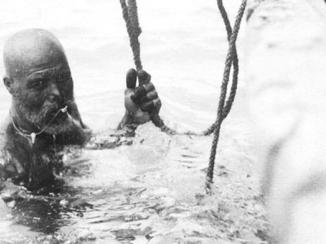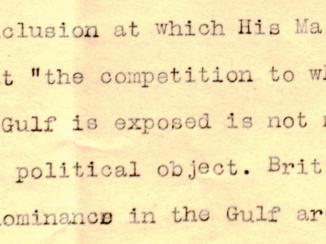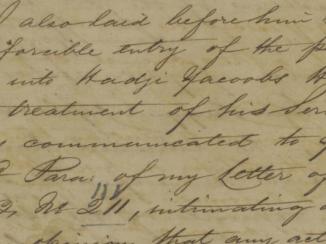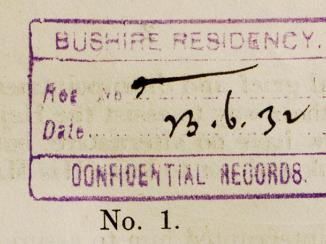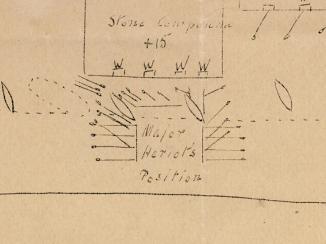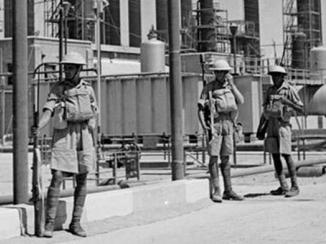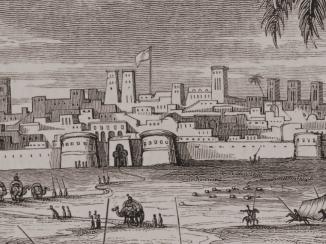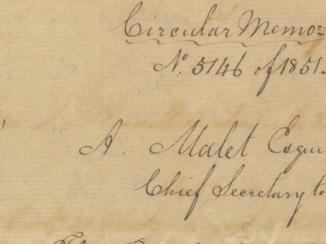Overview
Shortly after six in the morning of 14 June 1949, which was a fine morning, according to observations made at the meteorological station in Bahrain, the inhabitants of the Arab coast towns were rudely awoken by the roar of two British Bristol Brigand bombers flying just a few feet over the rooftops of their houses.

Flying Low
From Umm al-Qaywayn to Abu Dhabi, Dubai to Al Buraymi, locals were seen scattering from their houses in all directions, as the Brigands spent five-and-a-half hours swooping low from town to town. At Dubai, the two planes dived repeatedly over the Shaikh’s summer palace, while at Al Buraymi, Bedouins took pot-shots at the low-flying craft with their rifles.
A similar exercise took place the following morning, after which RAF officials invited the Ruler of Sharjah, Shaikh Muḥammad bin Saqr Āl Qāsimī One of the ruling families of the United Arab Emirates; also used to refer to a confederation of seafaring Arabs led by the Qāsimī tribe from Ras al Khaima. , and the Ruler of Dubai, Shaikh Sa’id bin Buṭṭī Āl Maktum, to come and inspect the planes at their Sharjah airbase. Over refreshments, the Air Staff Liaison Officer (ASLO) informed the Shaikhs that these aircraft, based at Habbaniya in Iraq, ‘could be sent to the Trucial Coast A name used by Britain from the nineteenth century to 1971 to refer to the present-day United Arab Emirates. at a moment’s notice, should the need arise’.

These words, written by the ASLO, suggest that the overarching objective of the demonstration was to reassure the Trucial Coast A name used by Britain from the nineteenth century to 1971 to refer to the present-day United Arab Emirates. rulers that they could still depend on Britain for their protection. They were, after all, still ‘British protectorates’.
British Withdrawal
After the Second World War, the impoverished British Government scaled back its military operations in the Gulf. Activity at the RAF stations at Muharraq in Bahrain and Sharjah was reduced from 1947, as were naval operations at the Jufair base, also in Bahrain. Moreover, as the British started to withdraw from the Gulf in the wake of Indian independence, the United States increased its presence in the region.

Reassured or not, the Trucial Shaikhs and their subjects interpreted the demonstration by their ‘protectors’ in various other ways. Most thought the flights were reconnaissance exercises, carried out by the oil companies. Shaikh Sa’id bin Buṭṭī Āl Maktum was said to be concerned that the demonstration was intended to frighten the Trucial Shaikhs into abandoning slavery. Others, seeing the planes passing over so low, conjectured that the aircrafts were conducting a survey intended to define boundaries and clearly separate each Shaikhdom from its neighbours.

Reassurance or a Reminder?
In his report of the demonstration flights, the ASLO noted that the rulers of Dubai and Sharjah had been given details of the Brigand aircraft’s fire power and bomb load. Even more revealingly – given British officials’ preparedness to bomb the Trucial coast A name used by Britain from the nineteenth century to 1971 to refer to the present-day United Arab Emirates. towns for their indiscretions prior to the war – the ASLO also noted that the visiting Shaikhs were given a ‘detailed description of the power of destruction of rockets in relation to typical local buildings’.
If the flights were intended to be a reassurance of Britain’s commitment to the Trucial Shaikhs, they should also be regarded as a reminder of their capabilities as well; perhaps a rejoinder to American propaganda circulating in the Gulf at this time, which suggested that Britain was a spent force in the region.





